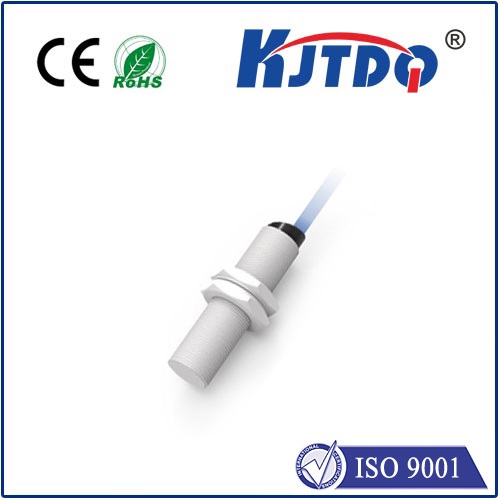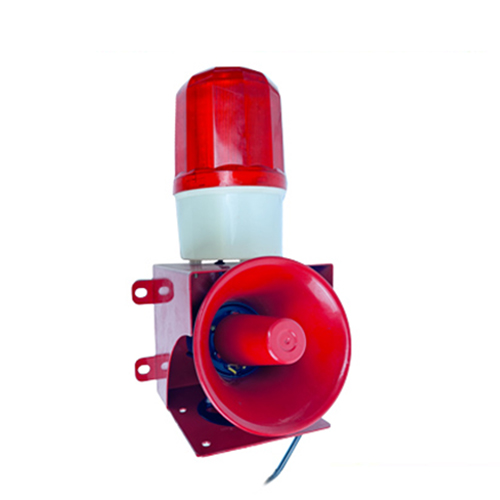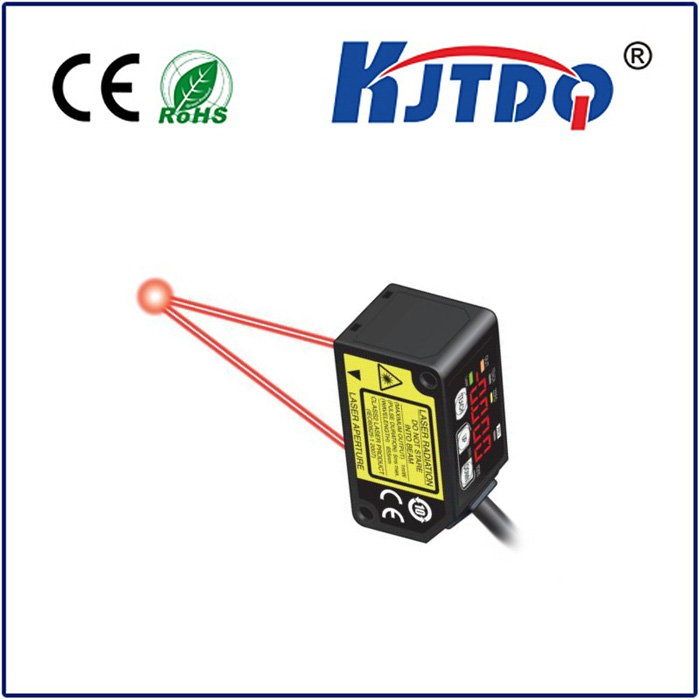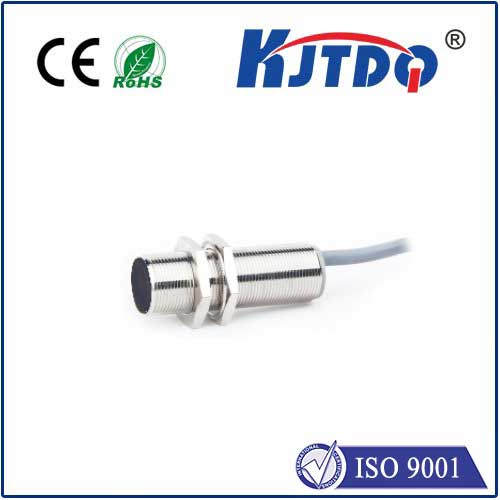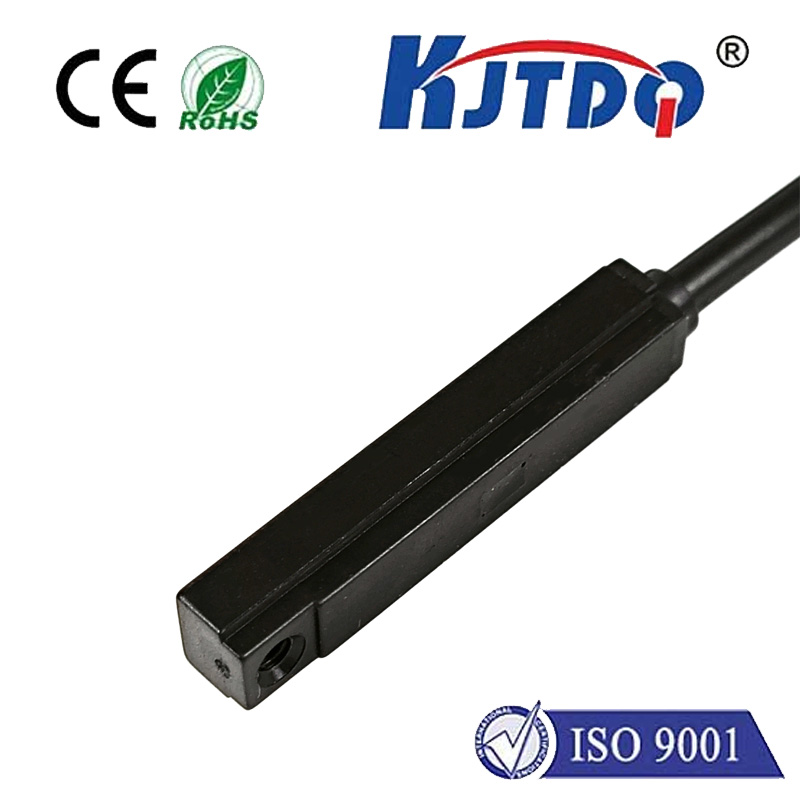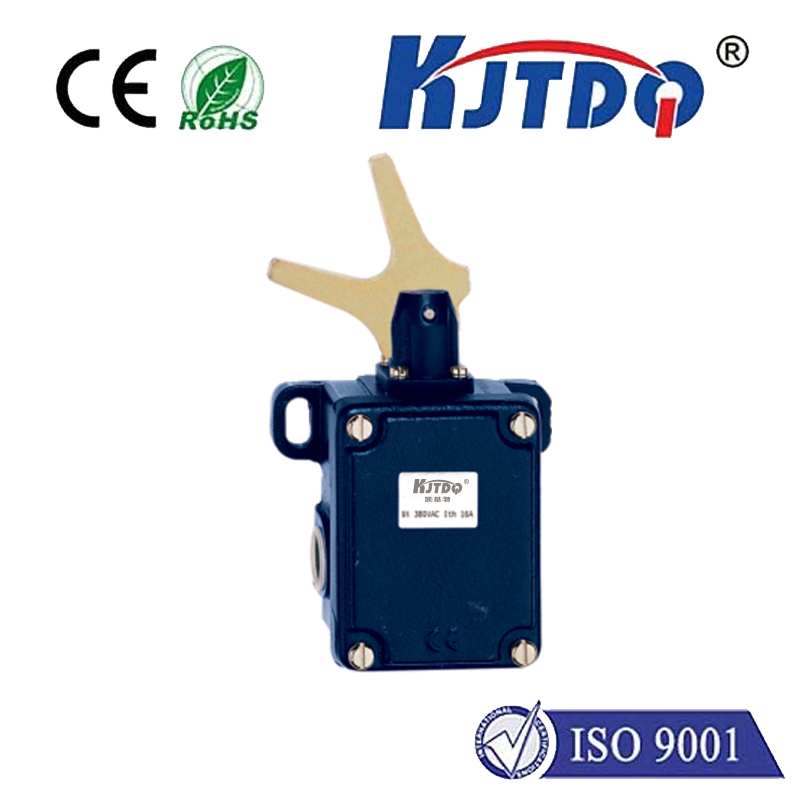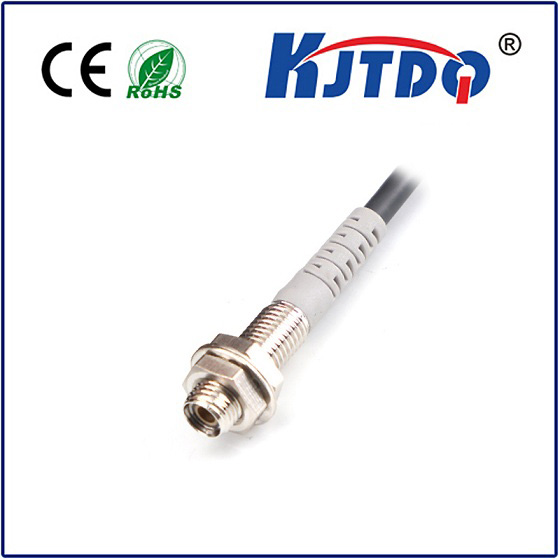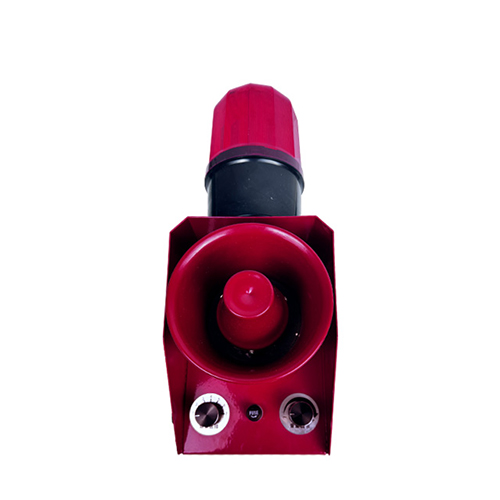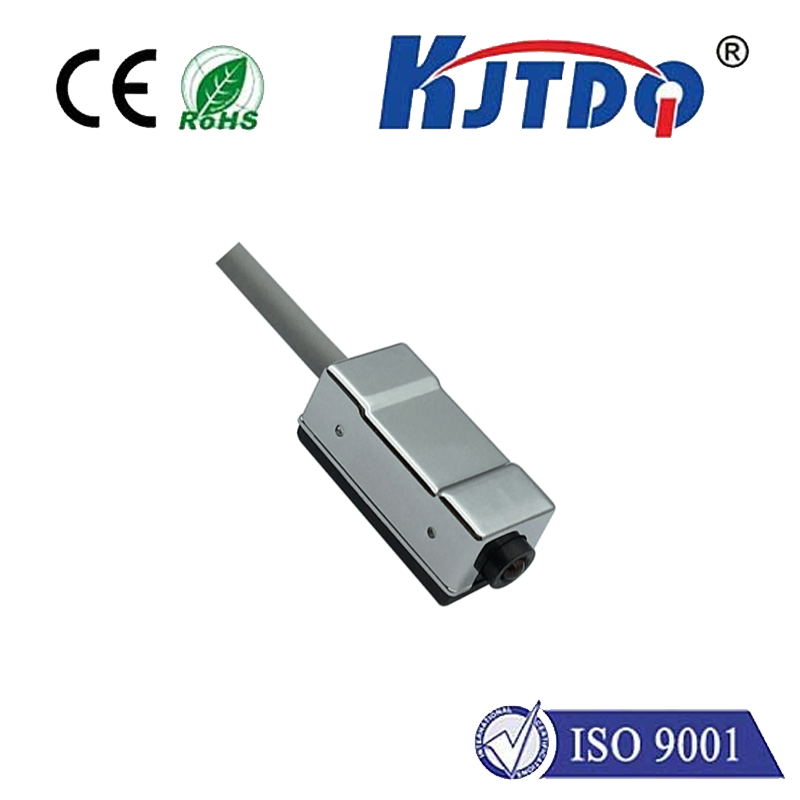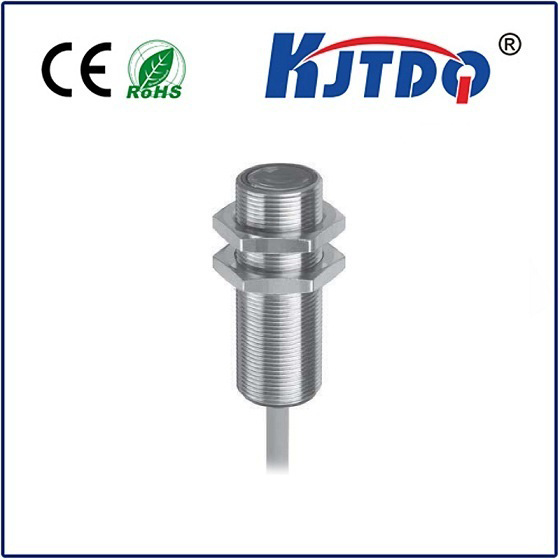How to Use a Laser Distance Measure Sensor with Arduino: A Comprehensive Guide In the world of DIY electronics and automation, precision and accuracy are paramount. Whether you’re building a robot, designing a smart home system, or working on a 3D mapping project, measuring distances with high accuracy is often a critical requirement. This is where laser distance measure sensors come into play. When combined with the versatility of Arduino, these sensors open up a world of possibilities for makers and engineers. In this guide, we’ll explore how to integrate a laser distance measure sensor with Arduino, its applications, and the steps to get started.
Laser distance measure sensors are renowned for their high precision and non-contact measurement capabilities. Unlike ultrasonic sensors, which rely on sound waves, laser sensors use light to measure distances. This makes them ideal for applications requiring millimeter-level accuracy. Additionally, they perform well in environments where obstacles or reflective surfaces might interfere with other types of sensors. When paired with Arduino, these sensors become even more powerful. Arduino’s open-source platform allows for easy programming and integration, making it accessible for both beginners and advanced users. Whether you’re measuring the distance to an object, creating a digital tape measure, or building a navigation system for a robot, this combination is both practical and cost-effective.
Before diving into the technical details, it’s essential to understand the key features of laser distance measure sensors:
High Accuracy: Typically ranging from ±1 mm to ±3 mm, depending on the model.
Long Range: Some sensors can measure distances up to 40 meters or more.
Fast Response Time: Measurements are taken almost instantaneously.
Компактный дизайн: Most sensors are small and lightweight, making them easy to integrate into projects.
Versatile Communication Protocols: Many sensors support I2C, UART, or analog output, ensuring compatibility with Arduino.
Several laser distance measure sensors are compatible with Arduino. Here are a few popular options:
VL53L0X: A Time-of-Flight (ToF) sensor from STMicroelectronics, offering up to 2 meters of range with millimeter accuracy.

TFMini: A compact and affordable sensor with a range of up to 12 meters.
LIDAR-Lite v3: A high-performance sensor with a range of up to 40 meters, ideal for advanced projects. Each of these sensors has its strengths, so the choice depends on your specific project requirements.
Let’s walk through the process of integrating a VL53L0X sensor with Arduino. This example can be adapted to other sensors with similar communication protocols.
Arduino Uno or compatible board
VL53L0X laser distance measure sensor
Jumper wires
Breadboard (optional)
The VL53L0X uses the I2C communication protocol, which requires only four connections:
VCC to Arduino’s 5V pin.
GND to Arduino’s GND pin.
SDA to Arduino’s A4 pin.
SCL to Arduino’s A5 pin. Ensure the connections are secure to avoid any measurement errors.
To communicate with the VL53L0X, you’ll need the VL53L0X library by Pololu. Open the Arduino IDE, go to Sketch > Include Library > Manage Libraries, and search for “VL53L0X.” Install the library and include it in your sketch.
Here’s a simple example to get distance measurements from the sensor:
# Включая# Включая
VL53L0X sensor;
void setup() {
Serial.begin(9600);
Wire.begin();
sensor.init();
sensor.setTimeout(500);
sensor.startContinuous();
}
void loop() {
int distance = sensor.readRangeContinuousMillimeters();
Serial.print("Distance: ");
Serial.print(distance);
Serial.println(" mm");
delay(100);
}
Upload the code to your Arduino and open the Serial Monitor to view the distance measurements.
Place an object at various distances from the sensor and observe the readings. If the measurements are inconsistent, ensure the sensor is properly calibrated and there’s no interference from ambient light.
The combination of laser distance measure sensors and Arduino is incredibly versatile. Here are a few practical applications:
Робототехника: Use the sensor for obstacle detection, navigation, or precise positioning.
Home Automation: Create a smart tape measure or a system to monitor room dimensions.
Промышленная автоматизация: Implement quality control systems to measure object dimensions on a production line.
3D Mapping: Build a scanner to create detailed 3D models of spaces or objects.
